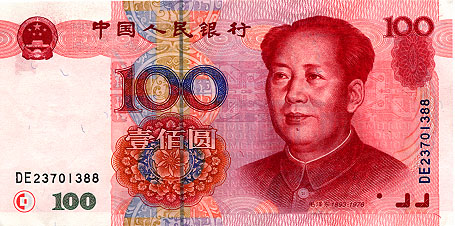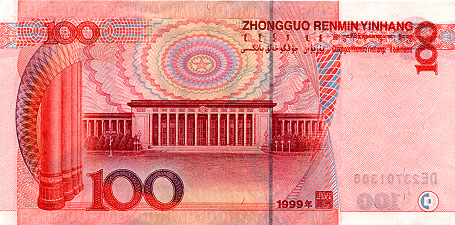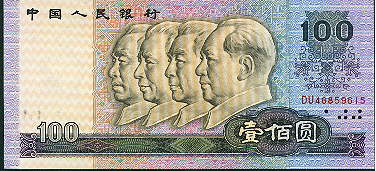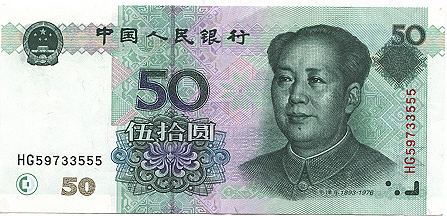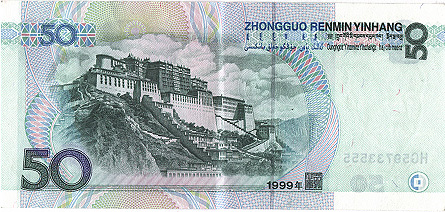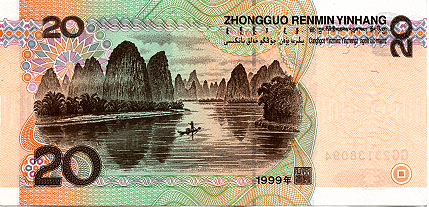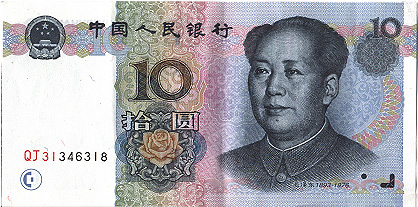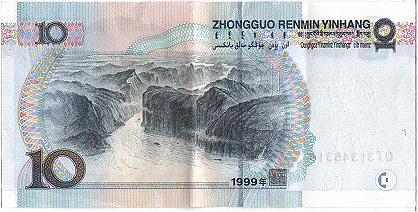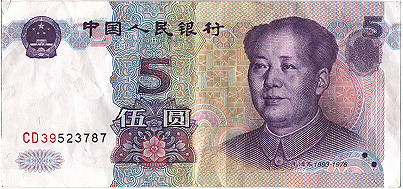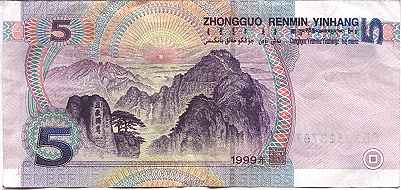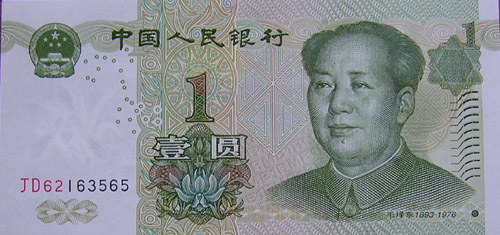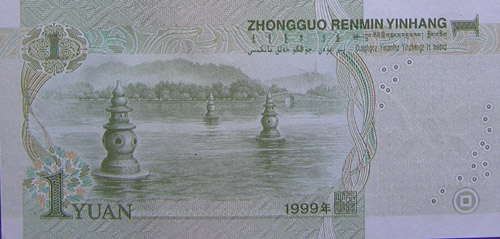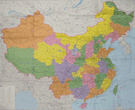Basic information
about spending money in Beijing
For many overseas visitors, the
Beijing Olympic Games offers a good opportunity not only to
watch exciting games, but also to enjoy a shopping spree, as the
country is well known for its low-price, good-quality
Made-in-China products.
Yet prior to splashing out in Beijing, it is useful to know some
basics about the Chinese currency yuan (or renminbi), how to
change your money into yuan, related Chinese foreign exchange
policies and so on.
RENMINBI,
YUAN
The renminbi (literally "people's currency") is the legal tender
in the mainland of the People's Republic of China. It is issued
by the People's Bank of China (PBOC, central bank). The official
abbreviation is CNY, although also commonly abbreviated as "RMB".
Chinese paper money usually comes in 1 fen (rare), 2 fen
(rare),5 fen (very rare), 1 jiao, 2 jiao, 5 jiao, 1 yuan, 2 yuan,
5 yuan,10 yuan, 20 yuan, 50 yuan and 100 yuan.
One yuan is divided into 10 jiao. One jiao is divided into 10
fen, pennies in English. The largest denomination of the
renminbi is the 100 yuan note. The smallest is the 1 fen coin or
note. RMB is issued both in notes and coins. The paper
denominations include100, 50, 20, 10, 5, 2 and 1 yuan; 5, 2 and
1 jiao; and 5, 2 and 1 fen. The denominations of coins are 1
yuan; 5, 2 and 1 jiao; and 5,2 and 1 fen.
In spoken Chinese, "yuan" is often called as "kuai" and the "jiao"
as"mao". Fen-denomination RMB is rarely used, except at
supermarkets.
The following are descriptions of major features of the above
1-yuan banknotes. It is easy to tell various denominations of
RMB since there are corresponding Arabic numerals printed on
every paper note or coin.
The 1-yuan banknote has two types, the red one debuted in 1996
while the green one in 1999. The obverse of the 1996-type 1-yuan
note is a portrait of two women from two minorities, and the
reverse is the Great Wall. The obverse of the 1999-type 1-yuan
note is a portrait of former Chinese leader Mao Zedong, while
the reverse is the Xihu Lake in the southeastern Chinese city
Hangzhou.
The 2-yuan banknote is in green. Its obverse is also a
portraitof two women from another two minorities, and the
reverse is the South China Sea.
The 5-yuan banknote also has two types, the brown one designed
and issued in 1980 while the purple one in 1999. The obverse of
the 1980-type is a portrait of two minority people -- a Tibetan
woman and a Muslim man, while the reverse is a scenic picture of
the Yangtze River, the country's longest one. The obverse of the
1999-type is a portrait of Mao Zedong and the reverse is Taishan
Maintain, a mountain in east China's Shandong province listed by
the UNESCO as a world natural and cultural heritage.
The 10-yuan banknote also has two types -- the ordinary one
debuted in 1999 while the special note was issued on July 8 by
thecentral bank to mark the Beijing Olympic Games. The obverse
of theordinary one is a portrait of Mao Zedong while its reverse
is the drawing of the scenic Three Gorges. The special banknote
issued onJuly 8 has a picture of the National Stadium, or the
Bird's Nest, on its obverse, while its reverse features the
famous ancient Greek marble statue of a discus-thrower,
Discobolus, portraits of athletes and the Arabic numeral "2008".
The 20-yuan banknote, debuted in 1999, has a portrait of Mao
Zedong and its reverse features a drawing of the scenic Lijiang
River in South China.
The 50-yuan banknote has two types -- one in yellow and pink
debuted in 1990 while the other in green was issued in 1999. The
former type has a portrait of an intellectual, a farmer and a
worker on its obverse while its reverse features the Hukou
Waterfall on the Yellow River. The 1999-type banknote is
currentlymuch more widely circulated. Its obverse is a portrait
of Mao Zedong and its reverse is the landmark Potala Palace in
Lhasa.
The 100-yuan banknote also has two types -- one in gray blue
which debuted in 1990 while the other in red which was first
released in 1999. The 1990-type note has a portrait of four
formerChinese leaders, namely Mao Zedong, Zhou Enlai, Liu Shaoqi
and ZhuDe, on its obverse while its reverse is the Jinggangshan
Mountain in South China. Very few of the 1990-type 100-yuan
paper notes arecurrently circulated in China.
The obverse of the 1999-type 100-yuan notes is a portrait of Mao
Zedong while a picture of the Great Hall of the People is
printed on the reverse.


